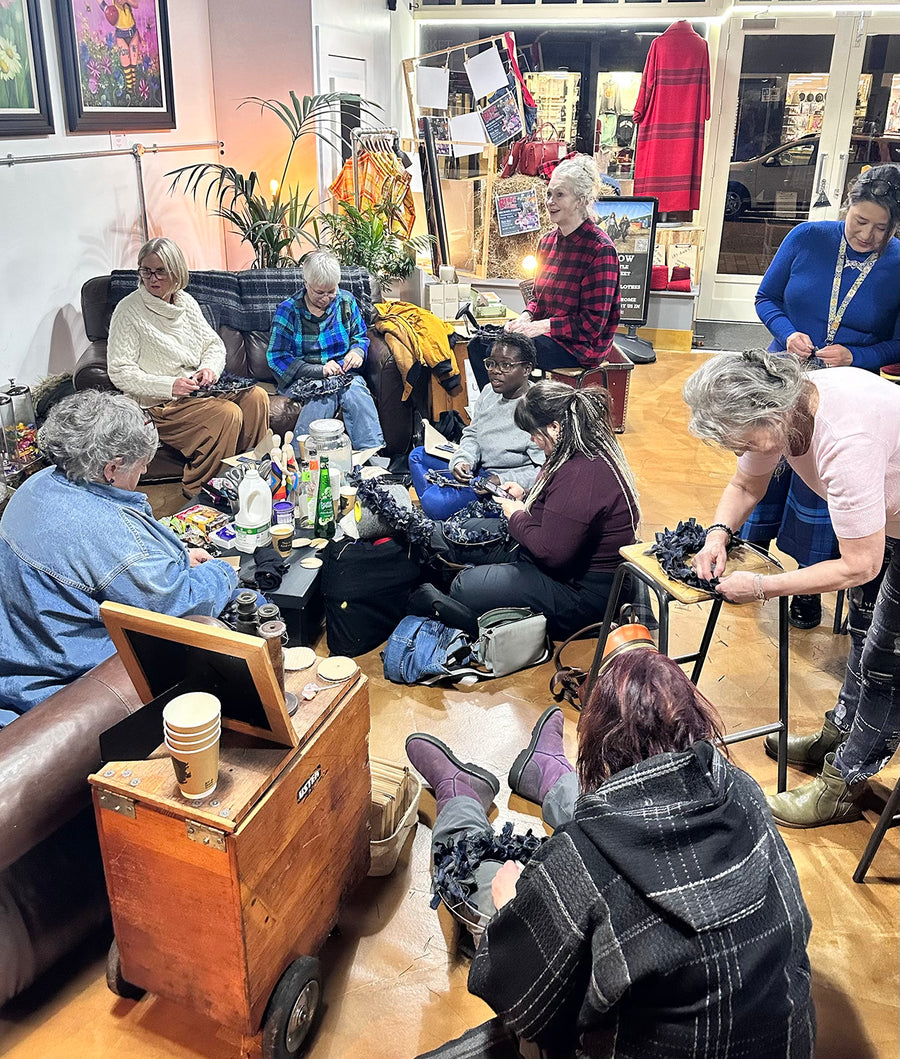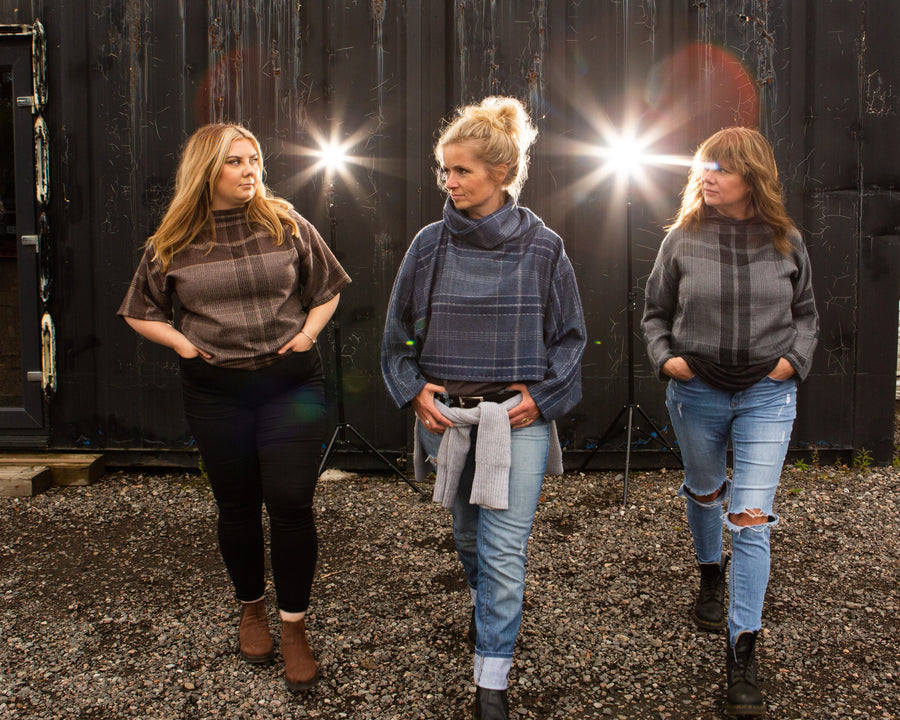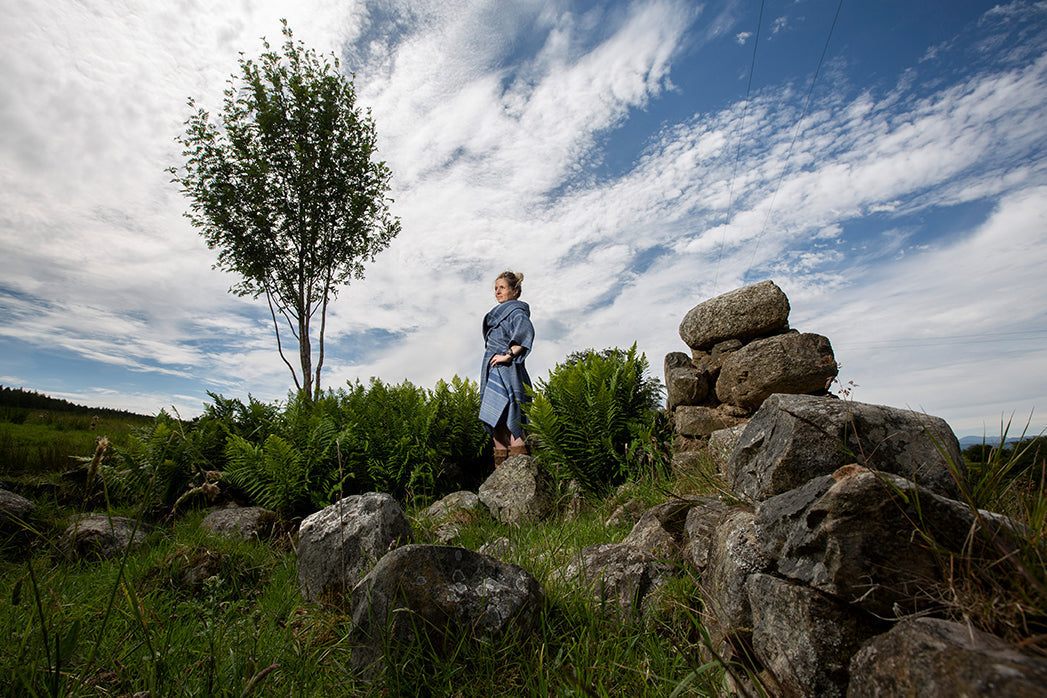The Lost Legacy: How The Tartan Ban Robbed Generations of Heirlooms

The Lost Legacy: How The Tartan Ban Robbed Generations of Heirlooms
In many cultures, clothing is seen as something far more than just a piece of cloth - it can be a sacred vessel of memory, of lineage and identity. Tartan carries with it an emotional and historical weight, like no other - it carries the burden of lost families, and clanns (communities) on broken threads.
This is the story of what was lost during the disarming Act of 1746, when the British government banned the wearing of Tartan in the Highlands.
A Ban That Broke the Thread
The period following the Jacobite uprising, Highland culture was seen as a threat. Afraid of what these rebellious Highlanders could bring about, the Highlands most visible form of expression was targeted: Tartan. The ban of Highland Dress was not only a fashion restriction, it was a cultural suppression - a suppression made stronger with the construction of Fort George.
Generational Gap
Stories of old are told through the clothing worn, cherished and passed on by families; a great grandfather's kilt, a shawl passed from mother to daughter, a scarf woven in clann (community) colours - all tangible links to identity and history. The Tartan ban created a break in the chains that linked us to our ancestors and the land they dwelled in. For nearly four decades tartan could not legally be worn, leading to an entire generation of Highlanders who never got to inherit, wear or even see the patterns that defined their roots.
The Heirlooms That Could Have Been
Imagine unlocking a trunk and finding within it a woven tartan Féileadh-mór (an original kilt), each thread linking you to your ancestral past. You trace the colours, recognise your clann (community) patterns, and feel a connection that transcends time. Now imagine that, that trunk is empty - empty because that Féileadh-mór was never made.
So many Highlanders face this loss of history. What tartan could have been to so many families, was a memory made visible - a tangible piece of cloth that could be held, a cloth you could run your hands along and connect with the past, something to be cherished by so many generations of Scottish Highlanders. Instead, those memories have been erased from wardrobes, homes and hearts.
A Revival - and a Responsibility
Although the Act of Proscription was repealed in 1782, the true Highland Tartan Revival has just begun. We are here to reclaim our history. We are not just making garments - we are restoring stories. Each piece we make could be the start of a new heirloom - something to pass down, something to carry forward.
Just because the thread was broken, it's never too late to reweave it.
- Kirsty Stewart
















Share Your Thoughts